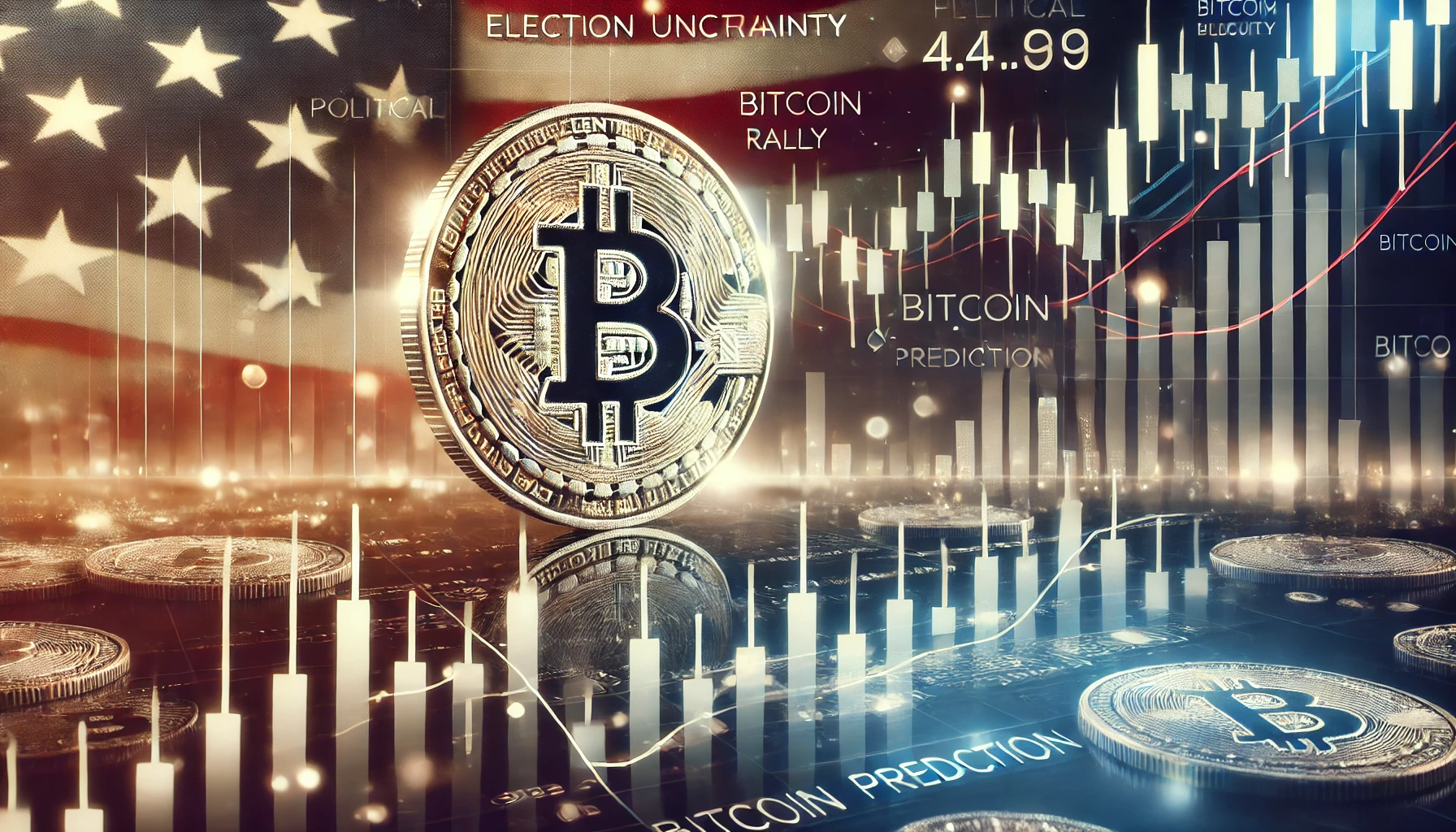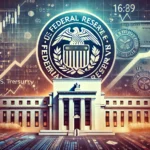As the cryptocurrency market looks ahead, analysts weigh in on how Bitcoin and other digital assets might perform in the coming days.
BTC price has seen a steady rise, approaching $58,000 by the end of the U.S. trading session, marking a 1.7% increase in the last 24 hours. This places Bitcoin nearly 10% higher than its lowest point from last Friday.
Although it’s unlikely that digital assets will be discussed during the U.S. presidential debate between Donald Trump and Kamala Harris, the opposing crypto policies of the two parties could influence market sentiment and potentially affect prices as the election draws nearer.
Election Uncertainty Could Impact Crypto Prices
Aurelie Barthere, lead research analyst at Nansen, noted that the ongoing uncertainty around the election could put pressure on crypto prices until November. However, Barthere suggested that if Harris’s polling lead shrinks, the debate could bring “a small relief,” which might impact market volatility.

Meanwhile, analysts at K33 Research suggested that Bitcoin and the broader market may be poised for a significant rally. One key metric, the 30-day average funding rates for perpetual swaps, has turned negative, a rare occurrence seen only six times since 2018. K33 analysts Vetle Lunde and David Zimmerman stated in a report on Tuesday, “Historically, negative monthly funding rates have coincided with market bottoms.”
The report indicates that when funding rates turn negative, Bitcoin has historically delivered an average return of 79% over the following 90 days, with a median return of 55%. Additionally, open interest in crypto derivatives has steadily increased to its highest level since the end of July, alongside a surge in short positions. This, combined with negative funding rates, suggests that the market is becoming increasingly vulnerable to short squeezes, which could drive prices higher.
K33 analysts concluded that the current environment presents a “compelling case for aggressive exposure to BTC in the coming months.”
Bitcoin price, crypto market rally, election uncertainty, negative funding rates, short squeezes.



















































































































